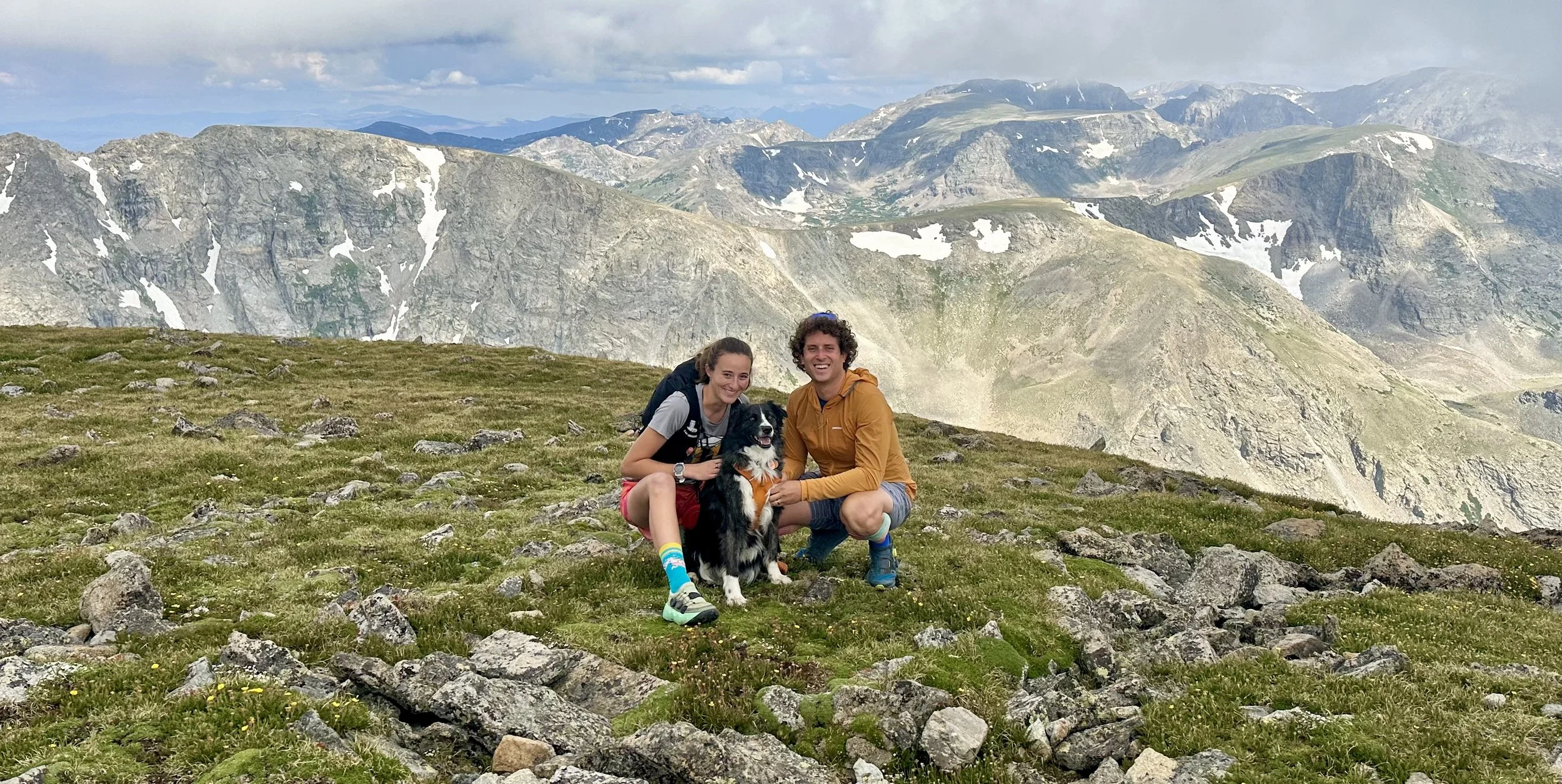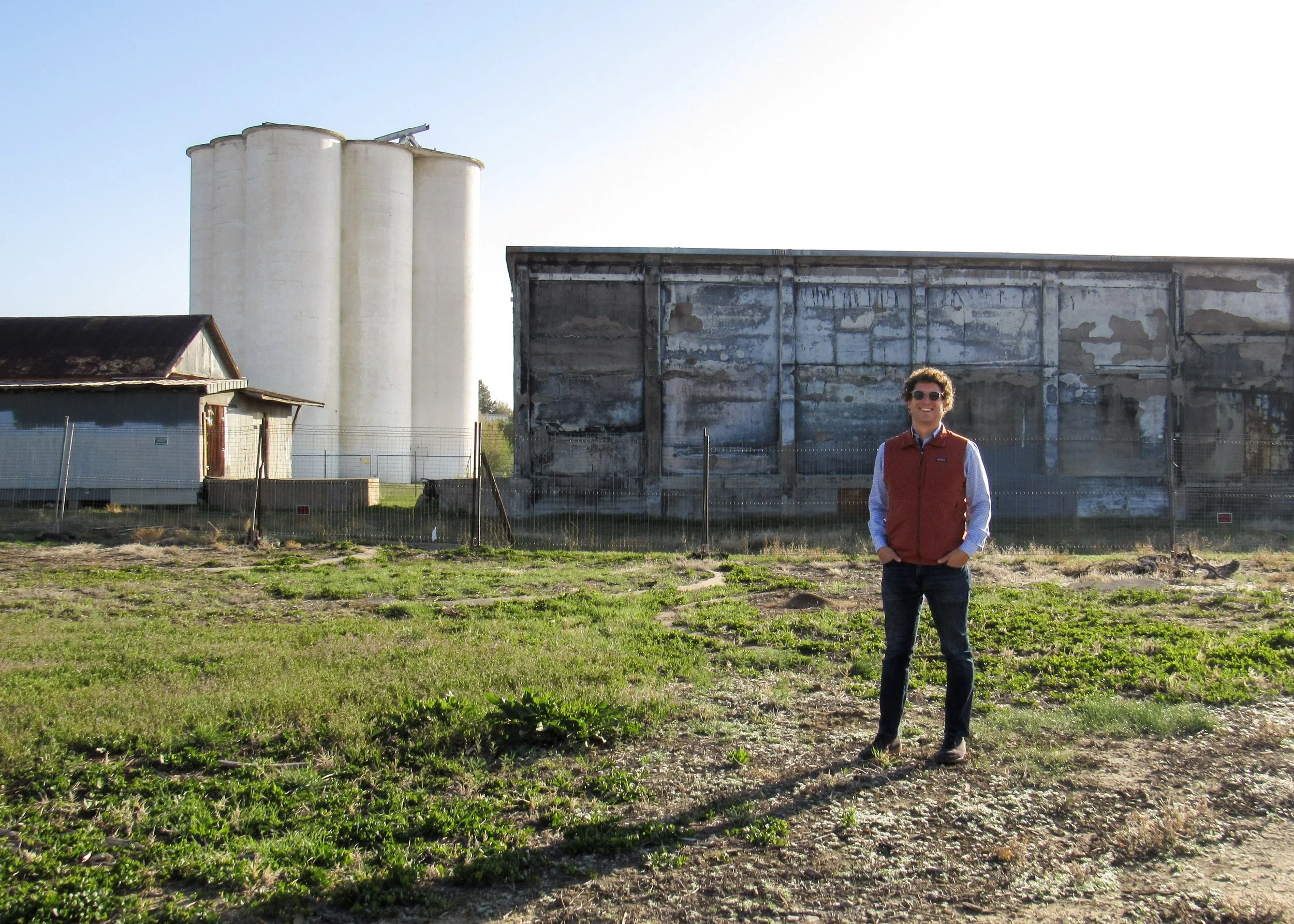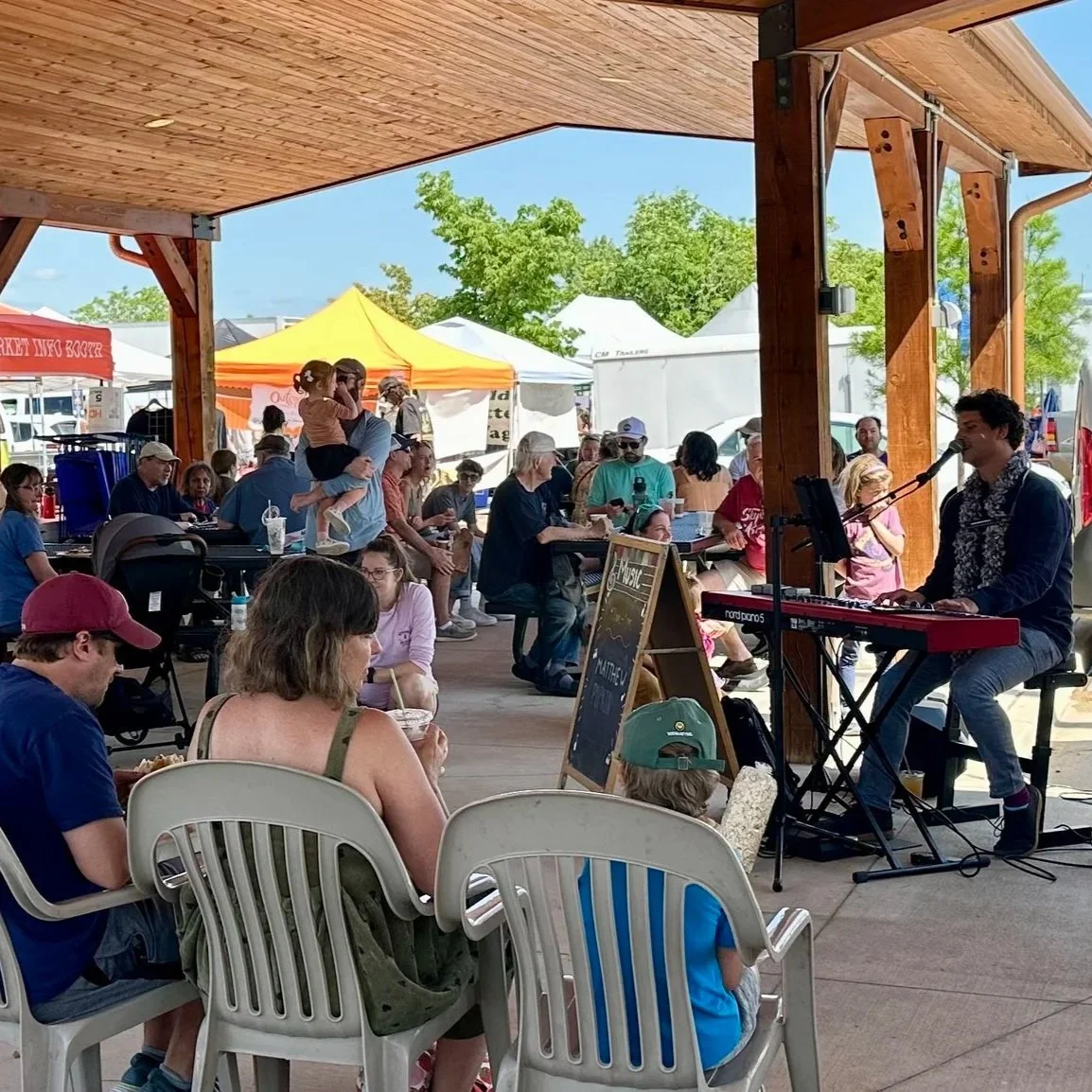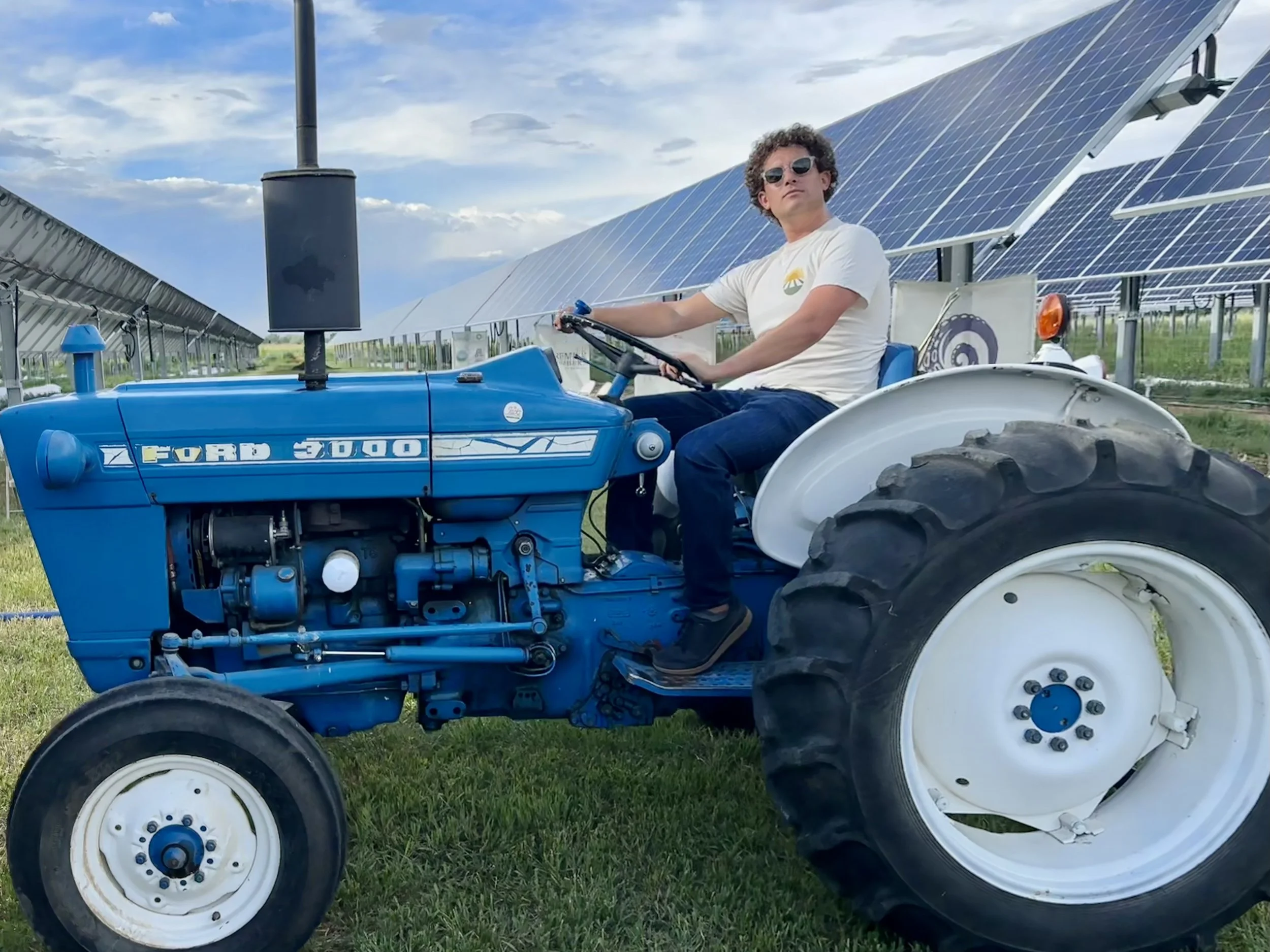Meet Matthew
Matthew was born, raised, and educated in Maryland, but chose to build his life in Longmont.
He and his wife, Eleonora, live in Southmoor Park with their dog and 4 chickens. In 2022, Matthew and Eleonora got married at Sandstone Ranch after 7 years together. In 2021, they bought their first home in Longmont but learned first-hand how challenging the housing market is these days — especially for young adults and new families — as they struggled to compete. Matthew and Eleonora chose Longmont because it felt right for the life they wanted to build together and were impressed by the parks, trails, Nextlight, and community overall.
Matthew’s already been working for Ward 2 residents and Longmont’s future - combining outside expertise, fresh ideas, and community input with inside awareness of how to get things done in Longmont.
In January, Matthew was appointed to fill a vacancy on City Council. Since then, he’s been doing the job to achieve real progress and tangible change for Longmont. Beyond his City Council responsibilities, he also chairs the Longmont Urban Renewal Authority and serves on the Longmont Brownfields Advisory Committee to prioritize reactivating Longmont’s former industrial sites. Before that, Matthew served on Longmont’s Planning & Zoning Commission shaping developments to be more sustainable, more walkable, and more bikable, including the new Ziggi’s and In-N-Out Burger. He evaluates each development proposal individually, considering community feedback and alignment with broader community goals. Matthew will work hard to earn your trust by listening closely, keeping an open mind, doing his homework, and not being afraid to ask tough questions. This isn’t just an empty promise - he’s been doing this for years in Longmont already.
Matthew’s entire career is focused on helping local governments implement and fund a more sustainable future — hence the “city nerd”.
Matthew has helped cities and counties far smaller than Longmont secure over $20 million in federal and state funding for sustainability, economic development, and community infrastructure priorities, including electric vehicle charging at multifamily properties in Boulder County, CO and a new drone program for public safety and rescue operations in Glenwood Springs, CO. In fact, he’s worked closely with smaller towns on replanning and repurposing old industrial sites much bigger than the Sugar Mill. Matthew’s also helped cities far larger than Longmont invest over $450 million in a clean energy future, including San Antonio’s 42-site, 13 MW rooftop and canopy solar project and Chicago’s 300 MW community-oriented solar deal. Preparing communities for a clean, healthy, efficient, and resilient future and holding utilities accountable in the energy transition is literally his day job.
Matthew has already been trusted and tested with responsible use of taxpayer dollars and public spending.
In at least 8 different professional and volunteer roles, he’s been trusted with spending public dollars. He knows what it takes to do large infrastructure projects responsibly, when it is necessary to redesign processes that aren’t serving modern needs, and what is possible by constantly learning through his work with cities and counties across the country.
Learn more here about Matthew’s career background and how he has helped cities and communities innovate and implement their goals for over a decade.
Most of all, Matthew loves living in Longmont and is an enthusiastic part of the community.
He’s been a musician most of his life — from jazz to musical theater — and supports the Boulder County Farmer’s Market and other local bars and restaurants with a casual piano bar. Matthew is also an enthusiastic trail runner and a regular at Shoes & Brews social runs. He also volunteers as a board member with Jack’s Solar Garden just south of Longmont, helping educate the community, farmers, and energy professionals about the benefits of agrivoltaics — or solar on active farmland. You might even find him on the occasional dunk tank if you need to seriously voice your concerns.








